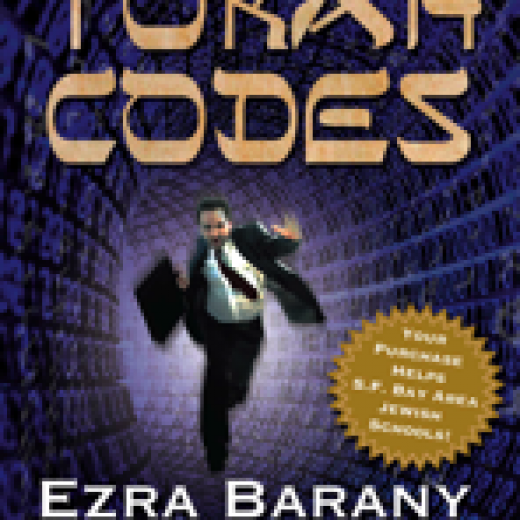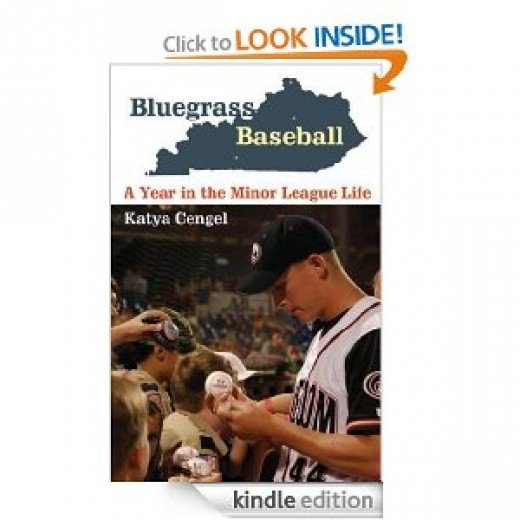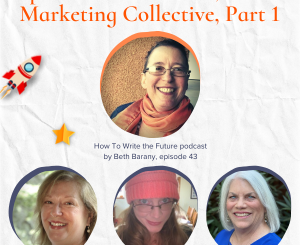What is Copyright?
Welcome to the monthly series on artist entrepreneurship. Today we focus on writers and literary law specifically and on an important issue to be aware of in today’s world — what does copyright mean and how does it apply to authors — from our monthly guest columnist, Kelley Way, a lawyer specializing in literary law. If you have general questions for Kelley on contracts or other aspects of literary law, be sure to comment below. Thanks!
PS. A list of books on literary law can be found here.
PPS. For more on copyright, visit the U.S. Copyright Office.
And now for a bit of necessary legalese: Please note that this article does not constitute legal advice, and that an attorney-client relationship is not formed by reading the article or by commenting thereon.
^*^
What is Copyright?
In my article on fair use and copyrights, I wrote briefly on what can be copyrighted, but it’s a big enough topic that I feel it deserves its own article.
According to the 1976 Copyright Act, a copyright “subsists…in original works of authorship fixed in any tangible medium of expression.”
Yeah, I know – that’s about as clear as mud. Basically, this phrase can be broken down into two sections:
1. “Original works of authorship.” Okay, this one isn’t so bad. It means pretty much what it says: the work (whether that’s a story, painting, song, or something else) must have been created by a person (the author).
The work must be original to the author; he can’t copy someone else’s work and claim that it’s original.
Likewise, the work must possess some degree of creativity; it’s not original if there are a hundred works just like it. However, the bar for creativity is very low, so this requirement is not difficult to meet. Things that tend to fall short of originality would be short phrases and titles, and very uncreative photos, such as geography photos from a surveillance camera or a photo of a plate of food. Ideas, procedures, discoveries, and the like are not considered creative or original, but the “packaging” – the way they are combined, explained, and/or expressed – is.
The fancy-sounding term for this, if you’re looking to impress people, is the “idea-expression dichotomy.”
2. “Fixed in any tangible medium of expression.” This is part that has most people scratching their heads.It sounds obscure, but the idea is pretty simple: essentially the work must be written down, recorded, or otherwise “saved” so that the author can produce it and show it to someone when needed.
It makes the process of obtaining or defending copyrights much simpler if there is physical evidence that the work exists, and in cases of copyright infringement, that it did exist at the time in question.
This requirement is not as difficult for book authors as it is for creators of other types of works, since book authors just need to make sure that their works are written down (or typed up, as the case may be).
But for those of you who are still worried, and live in California, I can relieve and confuse you in one fell swoop, when I say that California has laws protecting original works of authorship that are not fixed in a tangible medium of expression.
Copyright law is federal, but so many creative works are created in California that it feels the need to extend protection above and beyond the federal Copyright Act. New York and a few other states also have laws extending extra protection to creative works, but since I don’t live there I can’t tell you more than that they exist.
One last thing worth mentioning on this subject is the “merger doctrine.” This legal term arose out of a case where a man came up with a new bookkeeping system. He liked it enough that he published an entire book about it, including the charts that were needed to use this system.
Unfortunately for him, a lot of other people liked it too, but didn’t see a need to buy the book when they could just copy the charts. Naturally, he sued, claiming copyright infringement because they were copying the charts out of his copyrighted book. He asserted that, logically, because the book was copyrighted, the charts inside the book were copyrighted as well.
The court sided with the other guy and came up with a new theory of law to justify it. (Yeah, they’ll do that).
Basically, the bookkeeping system, being a process, could not be copyrighted.
However, the words used to describe the process were copyrightable, so the book as a whole had a valid copyright.
The twist here was the charts: because the charts were required to use the unprotected system, the court said that the charts were not protected by copyright either. This has been expanded to include any situation where an idea can only be expressed in a very limited number of ways.
As a policy matter, circulating ideas is considered more important than encouraging creative expression, so if there is a risk that an idea will be suppressed because the only way to explain it is copyrighted, the courts will find that the explanation can’t be copyrighted.
Well, if you’re still reading then I must not have lost you completely. Hopefully you’ve found this helpful, and if you’re still scratching your head, you know how to reach me. 🙂
^*^
Kelley Way was born and raised in Walnut Creek, California. She graduated from UC Davis with a B.A. in English, followed by a Juris Doctorate. Kelley is a member of the California Bar, and an aspiring writer of young adult fantasy novels. She can be contacted at KelleyAWay@gmail.com.
Others articles on the Writer’s Fun Zone by Kelley Way:








One of the primary reasons I chose the Land of Oz as a starting point for my writings was the 70+ Rule, which basically states that if an author of literary work has been deceased more than 70 years, his/her work then becomes public domain. I now base my writings on the books of L. Frank Baum, who we all know as the author of The Wonderful Wizard of Oz (1899). Several months ago, the Supreme Court ruled that works (i.e.; books, art, crafts, ect…) that are based on the 1939 MGM The Wizard of Oz movie are protected under the copyright laws. As such, if I wrote a book based solely on the movie, then I am guilty of copyright infringement. As I prefer the books over the movie, I’m quite safe…
Yes, that’s correct. Copyright owners have the right to control derivative works – works based on their own – but there’s no infringement if your work is drawn from the same public domain source as theirs. Just be careful not to give the copyright owner reason to doubt that your source is the public domain work and not theirs. Thanks for posting!
Thanks again Kelley for an informative post and turning something complicated into understandable prose!
[…] clear language) what exactly copyright is. Definitely worth a read. You can find the complete post here. Share this:Like this:LikeBe the first to like this post. ▶ No Responses /* 0) { […]